Ultimate Electric Vehicle and Plug-In Hybrid Buyer's Guide: How to save thousands
If you’re one of thousands itching to finally get yourself a proper battery EV, or a multi-role plug-in hybrid, 2023 will deliver. Here’s the definitive cheat sheet on everything you need to know: the models, their application and the info for getting the best deal possible…
In this report, we’re going to go through the good, bad and known-unknowns of the electric vehicle buying experience to help you find the right one, or simply evaluate if you’re ready to sign those fossil fuel divorce papers.
Electric vehicle sales have been stagnant for the last five years, but finally there’s traction in the market with a one per cent increase over the last 12 months.
This is nothing in the grand scheme of the entire market. But it means the likelihood of consumers like you taking action on their curiosity for EVs will likely double over the next 12 months. Especially with the introduction of favourable new legislation making the high pricetag a much smaller obstacle on the road to putting one in yo’ driveway.
AN HONEST APPRAISAL
Look, buying an EV or Plug-in Hybrid (PHEV) in 2023 is much less arduous than it was even five years ago when Tesla was still the new kid on the block, Hyundai was trying to get out of the blocks with the Kona Electric and Nissan Leaf was still the boring, underdeveloped turdbox it was in 2012 or whenever it was brought to market.
Today however, you’ve got a plethora of makes and models to choose from, albeit it with a bunch of caveats that might affect which one you ultimately drop your cash on.
There’s two EV options at Kia, you’ve got a new Kona Electric coming in the next 18 months from Hyundai in addition to the Ioniq 5 - although good luck getting yourself into the next allocation of however-many units you have to fight for online.
You might consider the all-round affordable MG ZS EV, a small SUV made in China by one of the top 10 biggest carmaking operations on the planet. It’s one of the most affordable electric vehicles on sale in Australia right now, and it’s better than its pricetag insinuates.
Or, you might think about joining the Tesla thing, which is fairly well established now, but remains something of a risk courtesy of the so-called ‘face’ of that company seemingly too busy with other projects to guarantee the success of the company he absolutely did not found but takes credit for. Lots of promises, very, very little actual growth results on the board.
Unfortunately, Tesla remains a company begging to be sucked up and bought out by one of the established and well-oiled automotive giants - which is why I don’t recommend you get embroiled in that global experiment in economics and consumer hell.
Buying an EV sooner or later, you’re going to have to make a choice. I can only show you the door. You’re the one who has to walk through it…
There’s also a smattering of plug-in hybrid vehicles becoming available this year in addition to what arrived in earnest in 2022. Think Mitsubishi Outlander PHEV or the smaller five-seat Eclipse Cross PHEV - both of which offer short-range EV-only driving modes with the long-range roadtrip potential of the conventional combustion vehicle network if you’re not quite at the stage of signing yourself up to battery-only propulsion.
Competing with Outlander PHEV is the Kia Sorento PHEV, and with the Eclipse Cross PHEV is very few direct powertrain options. There is the Mazda MX-30 Electric and the Kia Niro Electric, and both of those models have ordinary combustion-focussed alternatives, but not a plug-in version. Same goes for the Sorento and Hyundai Santa Fe which have a hybrid option which favours the combustion engine with battery assistance.
Other PHEVs include stuff coming out of BMW now include the 330e, the 530e, the X3 xDrive30e or 45e if you want a large SUV. Or, alternatively, there’s a new XM plug-in (from the M division), if being conservative is only an option when it comes time to vote. Staying with BMW again, the Mini Cooper SE proper EV is also an option for the zippy, small car luxury-meets-performance type of ownership. But there’s also regular EVs from BMW like the iX, the i4 and iX3 - full battery-only powertrain derivatives of their combustion platforms.
Lastly, there’s the same old Nissan Leaf which has no dedicated battery thermal management hardware, and the fact Nissan Australia has an ambivalent attitude toward customer care and consumer law, which is at least better than the outright indifference shown by the likes of Mercedes-Benz and Volkswagen Group - both of which have EVs here or inbound to showrooms. Scratch that - Volkswagen has nothing but marketing fluff on its website in regards to any of its battery-propelled vehicles coming here, which are available in other markets.
And of course, Toyota is nowhere to be seen thanks to its inability to get an EV to market and keep it there, owing to the small issue of wheels falling off the BZ4X or whatever it’s called. Don’t expect anything plug-in related from Nissan whose ability to innovate is almost as bad as the sad case of Honda. Nissan made big noises about its e-Power X-Trail >> and the Qashqai e-Power series hybrid >>, but those vehicles, from a technical point of view, are a cynical marketing exercise only.
Let’s look at the makes and models with regard to their pricing and their quoted driving range, starting with pure battery-powered EVs.
MG ZE EV
Costs between $44,000 for the Excite and $48,000 for the Essence, both models getting the same 50.3kWh battery with a quoted range of 320km, but you can easily expect a reasonable 280-300km of real-world range depending on how you drive and how much weight you carry. But some of you might be asking more broadly, Should I buy an MG in Australia in 2022? >>
Overall, the quality and finish of the ZS EV is reasonable, for the price. For most people, it should be good enough as far as using it in every-day traffic, running up to the shops, and taking the kids to school is concerned. In fact, it’s actually good enough to pass for a top-spec Hyundai or Kia from its previous generation or two, back when they were emerging heavy-hitters in the market. And this will probably concern the Seoul-based carmaker (at least it should), because in the next generation of MG product, and based on the rate of progress the Chinese brands are making, distrupting the big, mainstream Japanese brands, was once Hyundai/Kia’s domain, but is quickly becoming not their place anymore. Hunter/hunted, kinda thing.
What’s reassuring to see about MG is the brand’s consistent year-by-year expansion of its dealer network, which means you have somewhere to go, as is your legal Consumer Law right, if you have a problem in order to make it their problem to fix for you. This is the key differentiator between brands these days - do they give a stuff about your consumer rights and supporting you after you’ve handed over your tens-of-thousands.
BYD Atto 3
Costs about $46,000+/- depending on on-road charges like stamp duty, registration etc. It will try to woo you with novelties like the rotating central infotainment touchscreen, and for most mundane Australians who just want a cheap, decent-driving and compact appliance for transporting you around the suburbs, it’s a compelling option. But is it too good to be true?
Well, with no actual dealership interface between the consumer and the hastily renamed ‘BYD Automotive’ importer, which is just a vehicle import agency kinda like Inchcape is for Subaru, Peugeot and Citroen, you don’t really have a direct connection to the brand. Whereas Inchcape actually has Subaru dealerships where, if you have a technical gremlin, there’s somewhere you can take it - same day - and be seen and helped.
BYD’s website says its “service, warranty and parts network continues to grow”, meaning it doesn’t really have one, but it is trying to partner with MyCar (formerly Kmart Tyre & Auto before it was bought by Continental Tyres). If such a network existed, the marketing department would announce how good it is for having the best one.
“We are progressively opening BYD Service and Repair Centres supported by additional mycar BYD Service Centres,” which roughly translates into: Don’t expect much for the next two years. MyCar only recently stood up on its own two feet as a brand, and whoever did the marketing and thought capping down ‘mycar’ has obviously not got much further with telling the world about what BYD calls a “partnership with mycar” that is “committed to more service locations” while “mycar continue their EV transition”. You’ve heard all this corporate doublespeak and marketing buzzwords before, except from legit car companies and various hollow CEOs talking about one thing, but doing other things.
That’s not to say BYD won’t come through with the goods - they might pull a Tesla for all we know - but from a consumer advocacy standpoint, dropping up to $50K on a shiny new EV with such shaky aftersales support with unclear timelines, should tell you enough. Check out my report Should you buy a 2023 BYD Atto 3 EV in Australia? >> for greater detail on this.
Kia Niro EV
Arguably the best of the $70K EV subset, currently on sale; although it’s $78K for the GT-Line, which is getting a bit steep.
Niro is not great just because of the high quality fit and finish, the attention to detail, and the refinement of the powertrain itself which is smooth both in acceleration but also under regenerative brakes. Also, the ride and handling is tailored toward the electric powertrain despite the platform hosting a combustion-hybrid option. Kia calls it a compact SUV, but it’s 9cm shorter in length, only 13cm taller and 15mm higher off the ground than an ordinary Cerato hatch. Owing to the battery, Niro EV is about 330kg heavier than a top-spec Cerato, and you feel it in the corners, much like any other EV - they’re always heavier than an equivalent size/price combustion vehicle; it’s not just Niro.
Niro is not getting enough noise lately, possibly because it doesn’t get the overstated SEGA styling of the Hyundai Ioniq 5, but it should. The EV offers a sweet spot in terms of quote driving range of 460km (more like 420 in the real-world, lead-foot and excess cargo pending), thanks to a 64kWh battery that also gets V2L (vehicle to load) functionality, a pretty big boot for an EV, great cabin space, legroom and even a front cargo cavity - just like a Tesla, whoop-de-doo.
If you’re savvy and not particularly fussed on having the latest model, there was a very brief on-sale and delivery period of 2021 model-year Niro EVs which were very soon replaced by this new model. It was all amid the pandemic-led confusion of lockdowns and people not driving and the used market going bananas. Those MY21 Niro vehicles have the previous generation Kia styling, with the softer, more rounded grille, headlights and taillights which you’ll easily spot over the edgy, sharper design of the new model. Get Full pricing, details and analysis of 2023 Kia Niro EV (& Hybrid) here >>
Kia EV6
At $80-$90,000, the EV6 promises performance. They’re certainly gone all out to tell us on the Kia website that it will drift, courtesy of images (and more) like this.
In GT form and with a 77.4 kWh battery delivering a quoted 528km of driving range (ballpark it at 500km real-world), it’s a ridiculously desirable vehicle. Except it’s kinda not on sale.
Sure, you can email Kia Australia declaring your interest. But like the Ioniq 5, you can’t walk into a Kia showroom and buy one, nor even order one - with no definitive idea about when you can in the immediate future. Could be six weeks away, could be six months before you can put your signature and deposit down to buy one - and it might be 2024 before you see it.
This is one of two key reasons why Wheels Magazine got it wrong with EV6 being Car of the Year >> Sure, it’ll do 0-100km/h in 3.5 seconds, but that’s only if it’s actually in your driveway, registered and entered into your nearest certified track day. Although to be fair, they have just announced the high performance GT grade, so you can expect to see some movement in the first half of 2023. Hopefully.
Hyundai Ioniq 5
If a car is unavailable to be sold to you, is it technically ‘on sale’? In the manner of tree falling in the woods, to no audience, you can’t waltz into Hyundai dealerships and buy one off the floor. However…
If your budget is absolutely circling the $70,000-$75,000 mark and you don’t have your name down for the Ioniq 5, that’s kinda your fault. This thing is easily one of the most sought after electric vehicles notionally ‘on sale’, at least it was in 2022. Hyundai Australia sold every single of 400 units it was allocated by head office, and they only did a couple of rounds of buy/sell windows last year. You have to be in it to win it, is the deal here - just like with Kia EV6.
Now, 2022 was the first crack for Hyundai with an EV-only platform, and they only sold the top-echelon version with the same 77.4kWh battery from EV6, with 168kW at the rear wheels, or you could option it in AWD for a difference of about $4000. The rear-drive single-motor 2WD gets greater range (quoted 451km by Hyundai, but expect 430km easily), and the AWD dual-motor version gets about 410km real-world (430 quoted).
If you want to destroy Mustangs at the lights (legally of course), you’ll want the AWD to do 0-100km/w in 5.2 seconds, but the 2WD will still do it in 7.4 (meaning 0-50km/h in about 3 or 4 seconds before tapering off). It does this with a 155kW motor at the rear and 70kW at the front, for a total powertrain output of 225 kilowatts and 605 newton meters - thank you very much. And it’s got a bespoke suspension tune, so it handles like a cloud on rails.
And best of all, it looks fricken awesome. Unlike the absurdity of a Tesla Cybertruck which will never, ever go on sale here in Australia, Ioniq 5 looks cool and not stupid at the same time. Although granted, this is an entirely subjective determination.
You get V2L, 1600kg of braked towing capacity, and over 1650 litres of cargo space (base model ‘Dynamiq’; 1620L in top-spec ‘Techniq’). It’s quite cleverly designed with a long wheelbase and wheels right at the corners, meaning hard-to-fathom levels of legroom and general cabin space. The dimensions are peculiar: longer than a RAV4, with a wheelbase longer than a LandCruiser, it's wider than a Hyundai iLoad, but three inches lower than a Mazda CX-5. So it looks like a normal passenger car from a distance, but when you approach it, it starts to feel proportionally more like an SUV, but it’s not because you sit across and slightly down into it, rather than up.
As revealed late last year, in 2023 IONIQ 5 will get a bigger battery and more models are coming… The only question left for you is, starting at $72K: Do you want a boring Daffy Duck Tesla, or do you want something truly interesting, built by a company that gives a shit about build quality? Ioniq 5 is cheaper than a Tesla Model 3 Performance, but not as fast, it's got more warranty and it is made by a car maker that will not throw you under the bus if there's the merest hint of a problem.
THE PHEVs AMONG THE ICEs
The Outlander PHEV is a very good reason to consider staying suckled to the fossil fuel teat - and that’s not a criticism. There are two very good reasons to look at a plug-in hybrid. One: Long distance travel. Two: Self-charging the battery.
The fact you cannot self-charge an ordinary parallel or series hybrid (like a Corolla or Niro hybrid) means the petrol engine is often wasting some of its energy trying to keep the small battery charged, which is less efficient than just directly powering the wheels. Or you’re relying on kinetic energy recovery from the brakes to put charge back in. But not with Outlander - you can keep the battery charged up from the mains and use all of those electrons before reverting back to the combustion engine.
Having a kids-only bench seat between the rear wheelarches means you can ferry kids home from sport, shove them up the back so the oldies can get a lift home from the bowls club, and the dog always has a reserved seat. And you get it with all the cool hardware available to both an EV owner and a combustion owner. Drop row three for a whopping boot space.
Check out the full Mitsubishi Outlander PHEV Technical Analysis >> here.
Kia Sorento PHEV
It promises to do what the Outlander cannot - it makes row three accessible to grown-ups - while also offering the plug-in hybrid liberties you seek. Is buying a hybrid seven-seat SUV better than a combustion vehicle?
You literally get the best of all three worlds. You get a proper three-adult-row large SUV with an even bigger boot, a full-size spare wheel (unheard of in the hybrid/EV universe), and a reasonable towing capacity - although substantially lower than its diesel equivalent, so don’t go using your Sorento PHEV as a routine medium-towing workhorse.
On the GT-Line (the only grade you can get for now), you’ll pay about $12,000 more than an equivalent-spec Outlander Exceed Tourer, which isn’t a small amount of cash, but it does substantially increase your practicality envelope. In particular, because you get the impressive 175L / 604L / 1988L of boot space, all of which is greater than the Mitsubishi. Even payload is better in favour of the Kia by about 46kg when you do the math to add a full 47L tank of 91 RON fuel to Kia’s quoted tare mass of 2056kg. It’s 588kg versus 542 in the Outlander.
Essentially, this is a normal fully-loaded Sorento with heated/cooled Nappa leather seats, BOSE premium sound system, panoramic sunroof, that delightfully efficient rotary transmission selector, wireless inductive phone charging, row three inclusive climate control, and curtain airbags that partially cover the rear side-window. There’s also a proper ISOFIX child seat anchor point in row three.
Interestingly, Sorento PHEV is quoted having up to 68km of range in EV driving mode from its smaller 14kWh battery capacity than the Outlander PHEV’s 57kWh battery offering 84km of range. Overall, Sorento PHEV is going to accelerate quicker and drive better thanks to its weight advantage. The good thing is you’re getting what you pay for - more for more.
Mitsubishi Eclipse Cross PHEV
Driving an Eclipse Cross PHEV, it's rather unremarkable but only in a good way. It's better than a mid-size family SUV needs to be, in the context of what buyers like you will want it to do.
While the additional mass from the big, heavy battery is located very low down in the floor, the total mass increases, sure, but as an ordinary car buyer, you’re probably never going to notice unless you drive a normal all-combustion Eclipse Cross right before getting into the PHEV. It’s perfectly acceptable for anybody who needs a five-seat mid-size SUV (or a larger small-SUV) and wants the advantage of local running around in EV mode with no emissions from the rear end. But you might also want to buy from an established brand with more pedigree.
You get the benefits of a 240-volt adapter that goes in a standard 10-amp wall outlet for 2.3kVa max, or thereabouts, taking about seven hours to go from so-called empty (26 per cent state of charge) to full. So, you can sleep on it, using the charging option Mitsubishi gives you, and be full to commute in EV mode by morning. There’s 3.8 kilowatt-hours of energy available to drive as a pure EV, for roughly 50 kilometres give or take; less than 50 in real-world driving. Probably closer to 30 if there’s a lot of freeway driving on your commute, but if you’re ultra-prudent with using that regenerative recharging, you’ll extend that realistic 30 to possibly 40 - and it does become a game trying to lunch of as much regen as possible. Sometimes you’ll find yourself doing it in the most unlikely of places, like uphill.
Mitsubishi Eclipse Cross has a battery 8.6 times bigger than a RAV4. The total amount of electrical power available to thrust the package down the road is just over four times greater in the Mitsubishi. And yet the price to upgrade from combustion-only to PHEV is less than three times greater. As value propositions go, this is Mitsubishi’s strength because a plug-in hybrid can charge whenever you like, from your own power supply at home or a public charger - and it’s compact enough to avoid being enormous, while being big enough to take a wide variety of every-day bulky stuff - and while coming right in at that $50K-$60K pricing bracket. Save 15kg in kerb weight getting the the ES ($46K), without the toys, over Exceed ($55K) and max your EV driving range.
No wagon PHEV for ‘Straya.
BMW 33e PHEV
Un-optioned a 330e is about $97,000 on the road, including on-road costs. If you keep ticking those options boxes, it’s about $105,000. But you can’t have a 330e as a wagon - so that sucks.
Down below is a 10.5kWh battery system, which is a lot of electrical energy. Electricity costs roughly 26 cents per kilowatt hour, so the re-charge each night, if that’s how you roll, is about $2.60 - not that you care, because you are dropping the best part of $100k on a car. Typically, you’ll do 46 kays a day in EV mode; more than sufficient for many people to honour some commitment to cleaning up the air in our cities - and pollution kills more people prematurely than car crashes. In my view making some personal commitment to clean air is a pretty decent and socially altruistic reason to own a car such as this, without the inherent compromises of EV ownership.
In practice, you’ll probably get about 6L/100km, so call it 650 kays on a tank, plus 40-50km from a full battery, although BMW claims 57 which might happen if everywhere you go is downhill - including home, somehow. If you drive really gently, without being an OCD hyper-miler, you might get 700km out of a full tank and a full battery.
Turning a 320i into a 330e is not without a weight penalty. See, it adds 300kg of additional mass - the battery, the motor-generator, the inverter, a charger - it all adds up. So packaging all of that appears to have compromised the fuel tank capacity, which is down to 40 litres, down from 59 in the other 3 Series. Oh, and you also lose about 100 litres of boot space because the cargo bay floor is slightly higher to package the battery.
People with $80-$100k to spend on a car don’t care about the cost of fuel - and spending $8000 more on a car to start saving money on fuel is economically absurd in any case.
So my take on this is: the 330e is Cinderella’s slipper for you if you mainly drive in the city and do occasional longer drives, and you want a small-ish large premium sedan (or a large-ish small one). And on those longer drives you don’t need to be obsessed with regional EV charging locations and range limitations and logistics. And you get to sit in a Beemer.
BMW 330e plug-in hybrid: the definitive review and buyer's guide
MAKE AN EV OR PHEV NOVATED LEASE ENQUIRY NOW
Recent legislative changes mean the cheapest way to own a PHEV, or full battery EV, for many Australians, will be via a novated lease. More details on this page
We have access to a specialist team of novated leasing consultants who can help you (and your employer) set up a novated lease - quickly and efficiently. For many Australians, this will be the cheapest and most tax-effective way to own a new EV or PHEV.
If you’re not eligible for a novated lease, don’t stress. We can still get you a good deal on the vehicle. Just click one of the red links on this page to get the ball rolling there, or visit this page
A novated lease:
Reduces your taxable income
Eliminates the GST (that’s a massive saving right there)
Fully-maintained option available - compounding the benefits
Just fill in the form. We’ll call you ASAP. Don’t stress - there’s no ‘hard sell’ and no obligation. We’re here to help you.
My AutoExpert AFFORDABLE ROADSIDE ASSISTANCE PACKAGE
If you’re sick of paying through the neck for roadside assistance I’ve teamed up with 24/7 to offer AutoExpert readers nationwide roadside assistance from just $69 annually, plus there’s NO JOINING FEE
Full details here >>
AutoExpert DISCOUNT OLIGHT TORCHES
These flashlights are awesome. I carry the Olight Warrior Mini 2 every day - it’s tiny, robust, and super useful in the field or in the workshop. Olight is a terrific supporter of AutoExpert.
Use the code AEJC to get a 12% discount >>
Generators suck! Go off-grid with AutoExpert BLUETTI PORTABLE POWER STATIONS
Need mobile, reliable power? If you’re camping, boating, caravanning or building a dirty big shed in the back paddock, and you need to run a refrigerator, lights, air conditioner, cooking, and/or a bunch of tools - Bluetti has a clean, tidy, robust solution…
Get your AutoExpert free shipping discount here: https://bit.ly/3n62heK
WHAT YOU NEED IN YOUR EV
If you’re new to the whole electric vehicle/plug-in universe, and you don’t know what ‘Vehicle-to-Load’ means, let’s talk about that briefly. If you want to learn about why V2L is so important, watch my detailed report here >>
V2L gives you the ability to charge and run your various external household appliances - or even the entire house. This is distinct from having 240-volt three-pin plug outlets as built-in with the vehicle, which are designed to run smaller, smaller-demand items such as laptops, phone chargers, lights, small speakers, air pumps and so on.
It’s a key aspect to this brave new automotive world you need to get to know in order to get the best bang for your buck.
Many people foolishly think buying a hybrid (of any persuasion) is going to save them money on fuel, when the reality is you cannot realistically save enough to make up for the additional price you paid for the vehicle. But the whole financial landscape changes (for the better) when V2L becomes a possibility for your plug-in hybrid - this should be a principle reason for buying an EV.
Take the EV you’re interested in, find out its kWh battery capacity - let’s say 44kWh in the case of an MG ZS EV. An average household might use between 7-10kWh per day, depending on how many kids, how big your fridge is, how many appliances you’re running and whether you’re using things like an instant gas hot water system or the electric kind, or running an air conditioner all day. That still leaves about 34kWh still in the car.
Obviously there is the caveat here of whether your house is set-up to run using battery-inverter type external power sources, and already-existing solar systems will also be already reducing your grid-derived electricity bill.
This ability to power your home - your primary source of energy consumption and outgoing financial draw - is where you can potentially save thousands of dollars every year. Let’s say you use $4.70 worth of electricity per day on average, at roughly 14kWh on average - and you use this much for 250 days per year because you’re still doing a couple of days in the office and a couple of days working from home. That’s $1175 you’d save every year - and the more days you do this, the more you’ll save.
This will also vary depending on your peak and off-peak rates, of course, or depending on what kind of tarrif you’re on with your energy retailer. You also want an integrated, dedicated, professionally installed independent circuit built into your home’s power board, so that your appliances switch over when you plug the vehicle in. Obviously we need better infrastructure for this, because running a bunch of extension leads from the car into the house, is an inelegant and potentially unsafe solution.
While it is very cool to show your Outlander PHEV pumping up its own tyres using a plug-in air pump, or working on your laptop beside the building site or as you write your biography in the middle of the bush, it’s equally as awesome using that same big, expensive battery - which is yours, let’s not forget - to work toward reducing your personal electricity bills.
However, the catch is that you’re spending an additional $15,000 or so to get that PHEV, so you’ll wanna be saving that $1000 or whatever for many, many years to come. And if it’s not possible to do this yet, you’re looking at even more to have that kind of infrastructure installed by a licensed sparky.
THE MISUNDERSTANDING ABOUT ELECTRIC UTES & VANS
Despite what Ford, General Motors, LDV and Mercedes-Benz want you to think, all-electric commercial vehicles are not charging over the hill in great numbers, at affordable prices, any time soon.
There’s a very specific reason why the Mercedes eVito sucks and Ford’s E-Transit Custom follows suit, the Ford F150 Lightning and the Hummer EV are all basically useless as battery-powered light commercial vehicles.
Essentially, it’s the age-old problem with batteries. They’re heavy. One kilogram of diesel is not hold the same size as one kilo of lithium-ion battery pack. A typical lithium-ion Panasonic 18650 cell weighs about 49 grams. That’s about 20 cells to make up the same 1kg. To make up 50 kilos of diesel (about 37.5 litres), you need roughly 1020 cells.
And the problem with Li-ion batteries is the higher you make the energy density (because you can alter the chemistry), the faster they can discharge to move your vehicle, but that will have a serious effect on the life of said battery - and it increases the likelihood of a thermal event. Whereas diesel doesn’t have this problem. One kilo of diesel contains the same amount of energy at all times.
So, the more batteries you need, the heavier the overall vehicle becomes. Therefore, it requires more energy to move. The further you want your EV to go in terms of range on a single charge, the more battery cells you need - and the more expensive the vehicle becomes. Take for example: Reverse-engineering the LDV eT60: Australia's first electric ute >>
That Hummer EV has a battery pack capacity of 210 kWh - that’s insanely powerful. But it weighs 4.1 tonnes - and 1.3 tonnes of that is purely the battery. This is the law of diminishing returns - the bigger you make the EV, the bigger the proportional mass of the battery required. This is The BIG problem with Electric Utes >>
So just to make absolutely clear, if you’re hoping and patiently waiting for a horde of battery-powered light commercial vehicles to hit showrooms in 2023 and 2024, with the notion of being some kind of cost/environmental/time saving initiative - you’re dreaming. There’s an inherent problem with EV utes: Which politicians don't seem to get >>
Diesel remains the most efficient fuel for long-haul load-carrying, towing, off-roading and any tradie-based workhorse-related activity. And diesel emits less carbon dioxide than petrol, so there’s that.
GENERAL EV NEWS, FACTS and INSIGHTS
Putting a 14kWh or 20kWh battery and electric motor (or similar), and an inverter, and lots of high capacity orange copper cabling into a car which is largely the same as the combustion vehicle it hails from, you will add about 200kg of additional mass.
Those components, by the way, are made from expensive materials that have to be mined and intensively industrially processed at significant environmental cost - and often at a hard-to-ignore humanitarian cost.
This extra weight impacts tyre wear, and other in-service ‘wear’ related matters like suspension components, bushes, ball joints, dampers and springs. Oh, and by the way, your tyres emit nasty, toxic stuff even worse than the tailpipe - a problem exacerbated when you make a vehicle heavier.
You can drive a PHEV in EV mode, for about 50km, give or take - provided you drive gently, and provided the battery is full. Keep in mind, charging batteries to 100 per cent reduces their life.
If you drive a PHEV and demand more than the electric motor’s peak capacity of 67kW, at any time, the combustion engine will activate.
The ‘green economics’ of these vehicles, the point at which they overtake ICE equivalents on lifecycle CO2, are still unclear. Also, they’re $15k more than ICE, so you have to drive well-over 100,000 kilometres to break even on price. So, 100,000-150,000km+ is a typical break-even point, which means you need to commit to buying this vehicle if you specifically want to reach that break-even point. Keep in mind, electric vehicle prices will soar: Here's why. >>
Happily enough, you don’t have to buy an EV or PHEV to specifically break even on the additional price over a combustion car, and nor do you have to do this with the intent to save money. In fact, that’s an absurd proposition, as I’ve stated and explained many times on AutoExpert. You can do it to clean up the air quality in metropolitan cities, which is a quite respectable and achievable goal. You would also be working toward this cause by making sure you:
A) keep your tyres inflated to their perfect pressures at all times;
B) keep as much unnecessary weight out of the vehicle at all times (tread lightly, as they say);
C) make your driving plans as efficient as possible - get everything you need while you’re out to avoid additional excessive trips; and;
D) if you buy a plug-in hybrid, make sure the battery is always charged and working at all times to assist the petrol engine - otherwise you’re simply labouring the engine with an additional 200-300kg of mass that isn’t contributing, so you’ll just burn excessive fuel as if towing a 6x4 trailer around constantly.
Depending on where your household’s electricity comes from, and how much EV-only driving actually gets done by your PHEV, but on the highway and long trips, the battery is quickly exhausted, and there’s very little regenerative braking. So the extra 200kg can become excess baggage in those operating conditions. So don’t go into ‘green virtue’ mode without considering the physics here. The two advantages of EVs and PHEVs are: Clean air in densely populated cities, and national fuel security, if widely adopted; everything else is just greenwashing marketing spin.
So for longer drives, you’ll want to know where the EV chargers are and if you spot a vacant space, quickly charging up will be a serious net advantage. The difference being you won’t have to wait long and pretend to be interested in your neighbour’s Tesla.
Avoid getting sucked in by Toyota and Nissan’s lacklustre marketing hype regarding their series/parallel hybrids, namely the RAV4, and the “e-POWER” X-Trail or Qashai. The RAV4 isn’t necessarily a bad vehicle, in fact it is good as cutting emissions in the most inefficient mode of normal combustion driving - acceleration from standstill.
Using a battery and motor combination to offer immediate propulsion from stationary up to about 25km/h is a far more emissions-friendly process than idling a combustion vehicle. And sitting at the lights, the vehicle ‘on’ but emitting nothing while you wait for the lights to change, is a net benefit. But Toyota’s demonising of plugging-in as some kind of disadvantage, simply because they don’t have PHEV skin in the game, is entirely disingenuous and emphatically bullshit anti-consumer behaviour, in my view.
Both parallele/series hybrids and PHEVs are an overall benefit to the mission here, to reduce emissions and prematurely kill fewer people, and maybe - if you’re lucky - contribute less filth into the environment. Just don’t go betting everything on that last part just yet, because the jury (and the data) is still out on that.
However, Nissan’s attempt to greenwash itself using the “e-POWER” and “4ORCE” branding as some kind of engineering efficiency gain, is misleading at best, or downright bullshit at worst. The Nissan X-Trail e-POWER’s petrol-powered EV claims don't add up. Adding weight in the form of battery, inverter, motor, wiring etc. for an overall deficit in performance and reduction in efficiency is nothing less than a failure. The battery is so small, it makes an ordinary X-Trail both more expensive to buy and worse on fuel consumption and performance than to just run it as a pure combustion-only midsize SUV. I’ve got detailed reports on e-POWER X-Trail here >> and the e-POWER Qashqai here >>
The alternative-fuel segment is growing. With small anomalies happening from time to time, like Tesla Model 3s outselling Toyota Camrys, total sales percentages increasing incrementally year-on-year, and recent changes to legislation that make buying an EV or PHEV compellingly affordable next to a conventional hybrid or combustion vehicle.
Evidently, you need to do your homework and carefully analyse how this potential new vehicle with its unconventional powertrain is going to work and fit into your life. There are people out there who’ve gone down the EV road only to find their lives deriving too much dependency on the availability (or lack thereof) public charging stations. And obviously there are zealots and converts who will never go back to fossil fuels.
You can also take into account the fact that when you embark down this road, so to speak, you will be adding to the proliferation of low-emission vehicles, running your own experiment and gathering your own anecdotal data to contribute to the conversation.
But if you’re not up for any of that, but are still on the fence, an EV or PHEV is ultimately a nice vehicle to drive. Even a mundane EV can accelerate like only the most highly sprung internal combustion vehicles can compete with, but the difference is smoothness, a wall of immediate power, and a quite, relaxed cabin making for a far more enjoyable daily commute - and that’s much, much cheaper than therapy or some woke mindfulness weekend drinking green tea between sauna yoga and Thai chi.
And at least dinner guests might want to know about your electric vehicle. So there’s that.


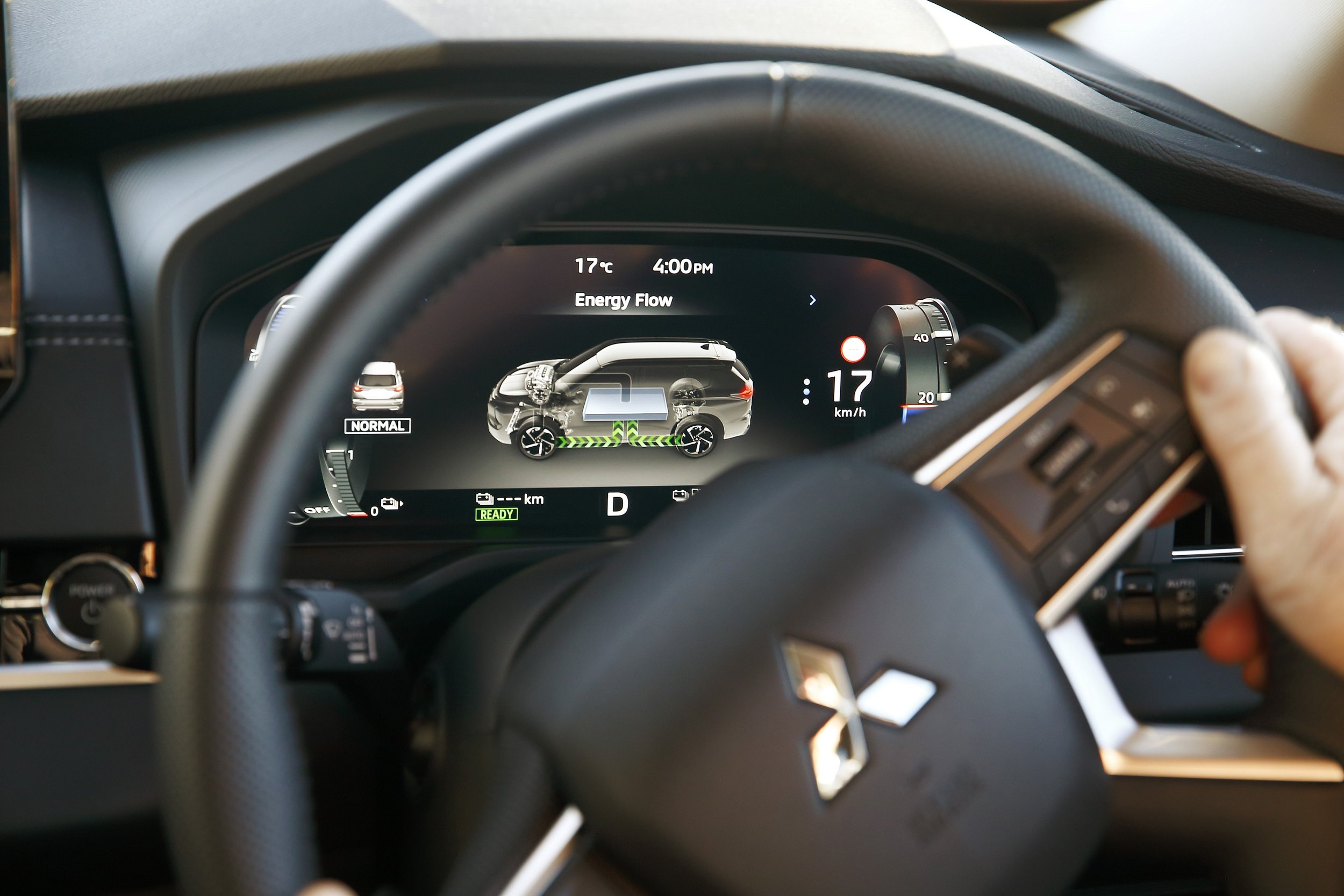
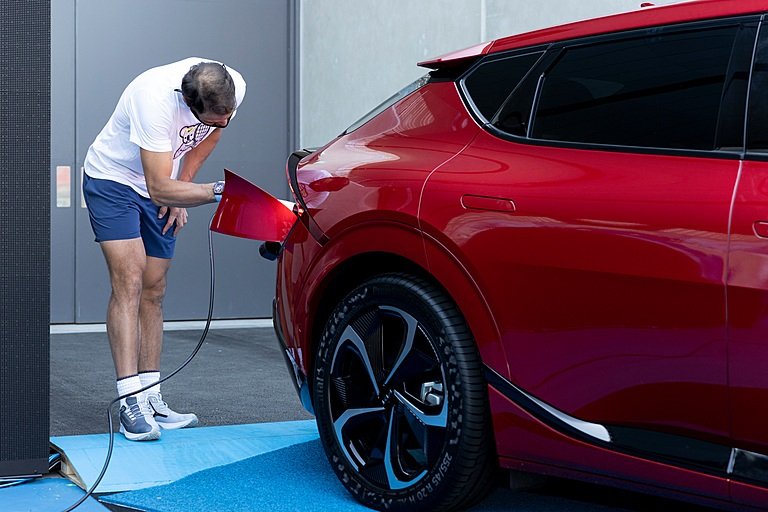
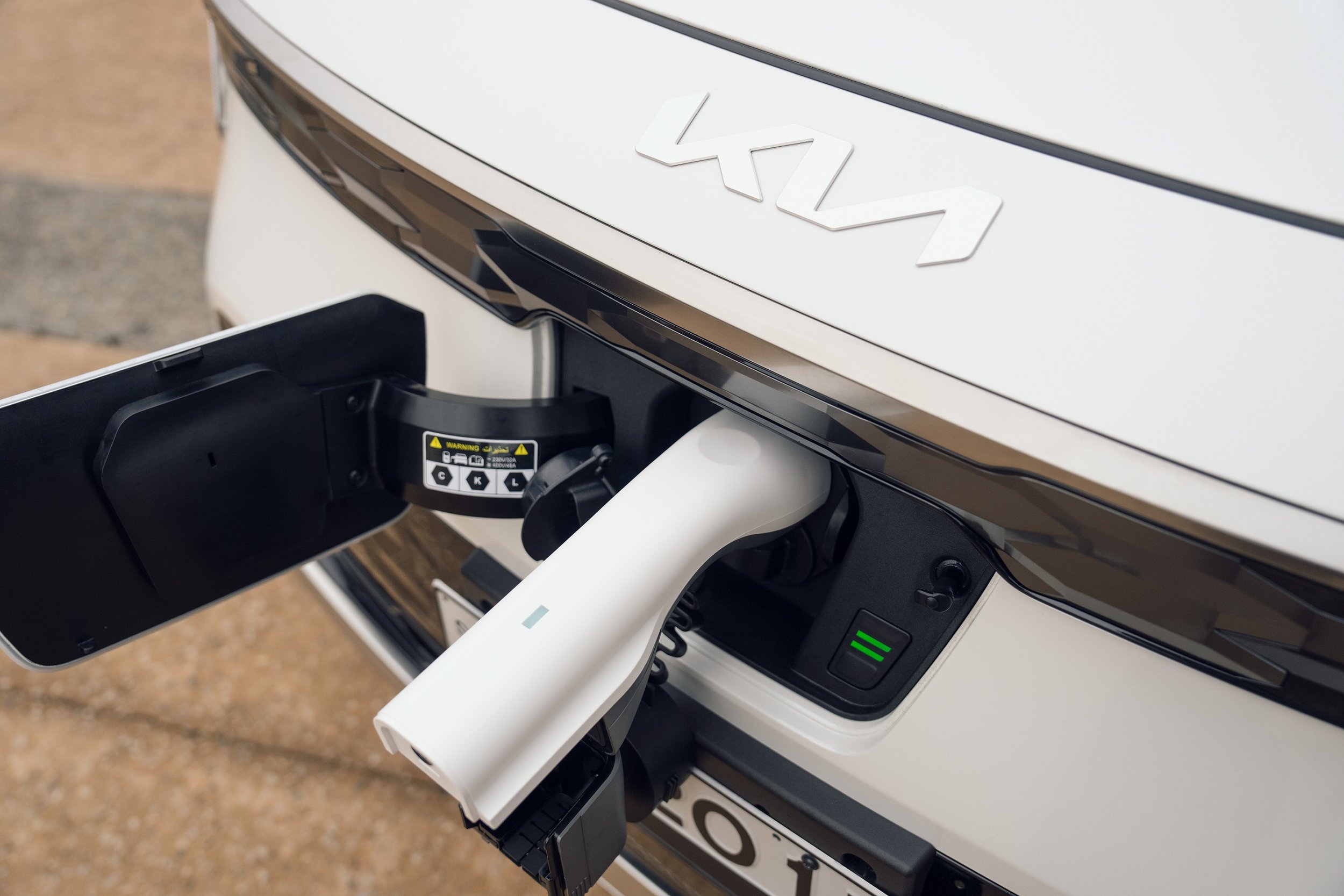





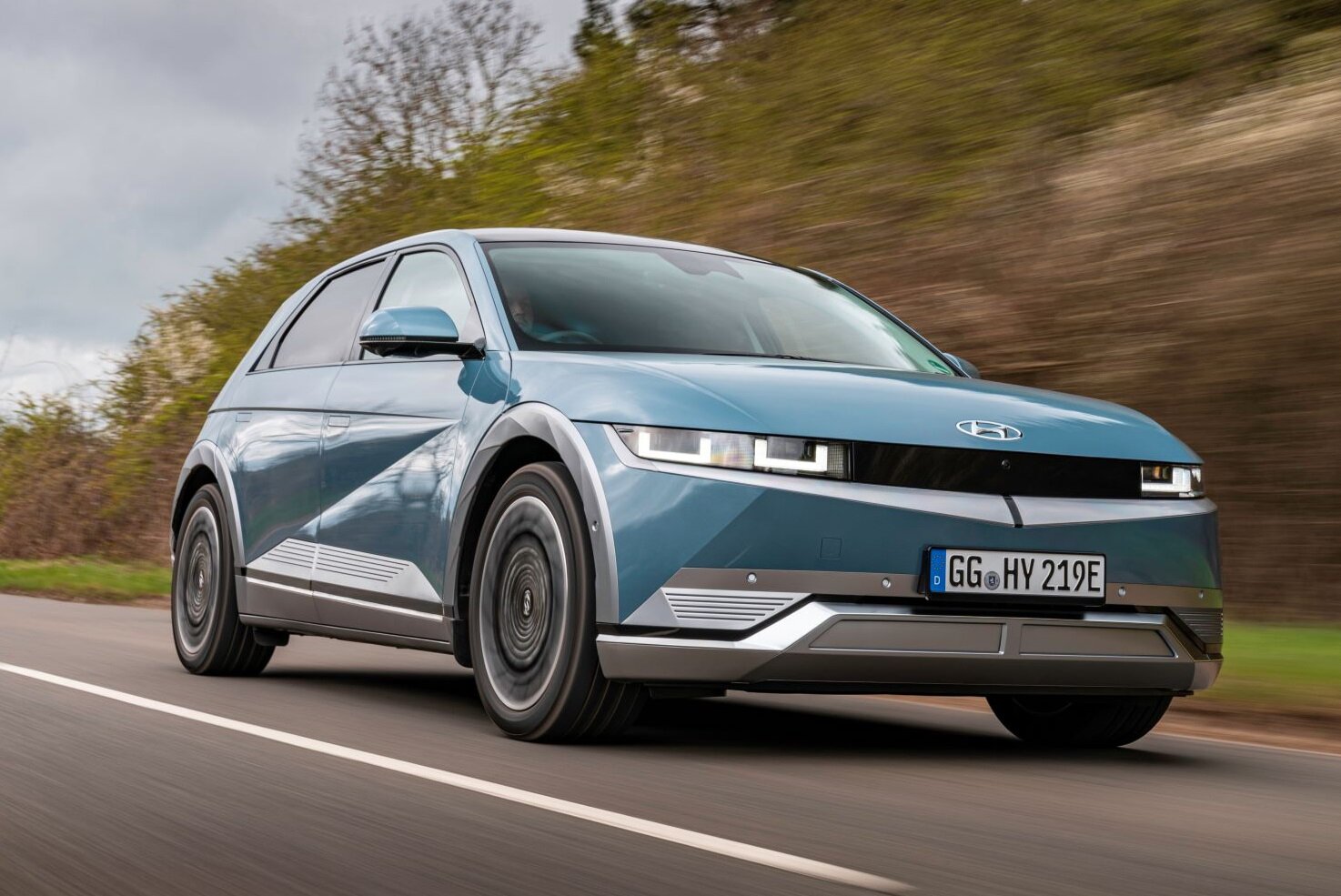



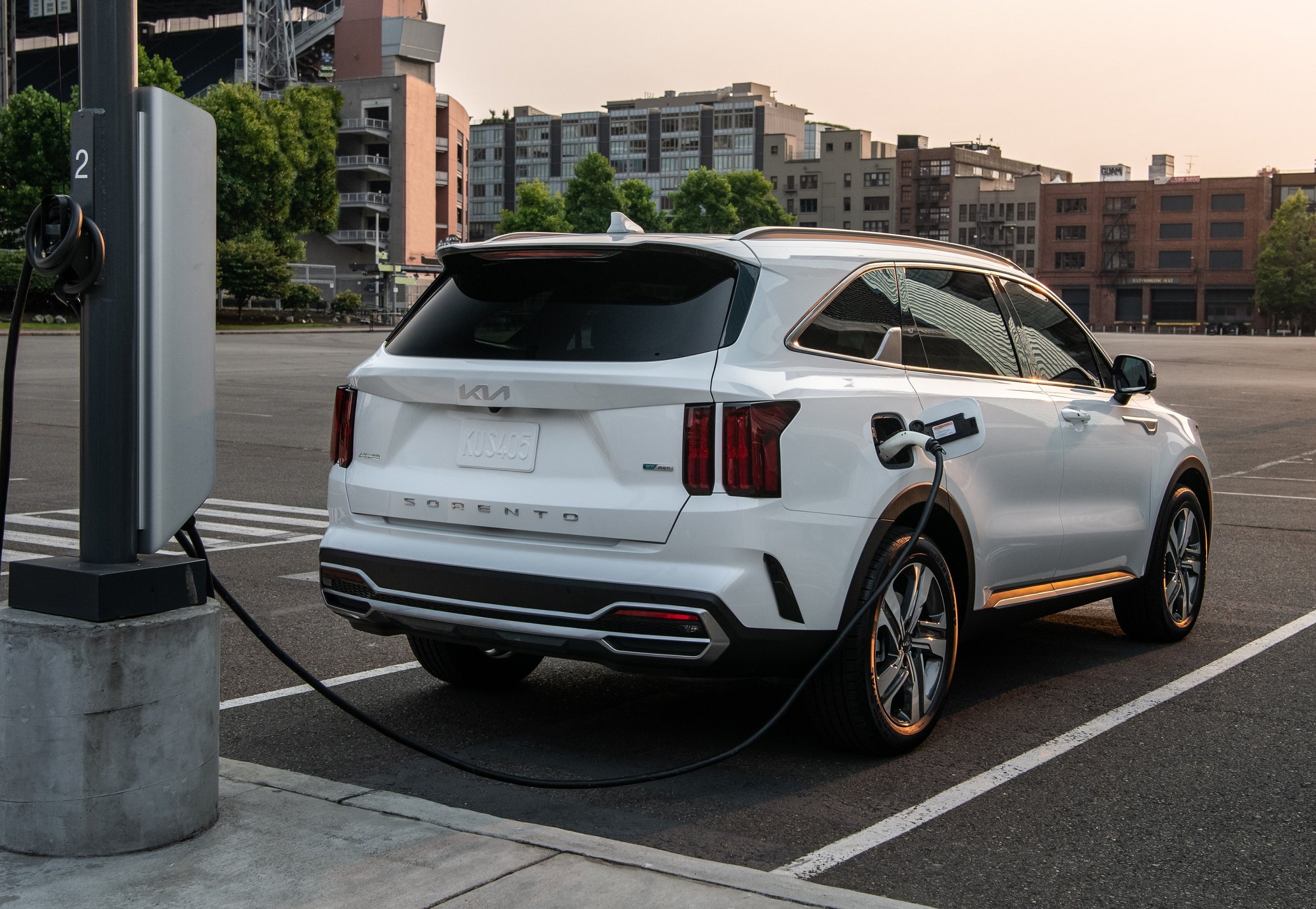




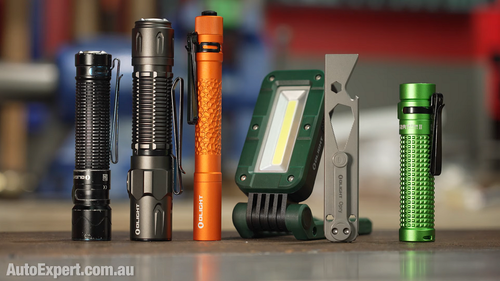

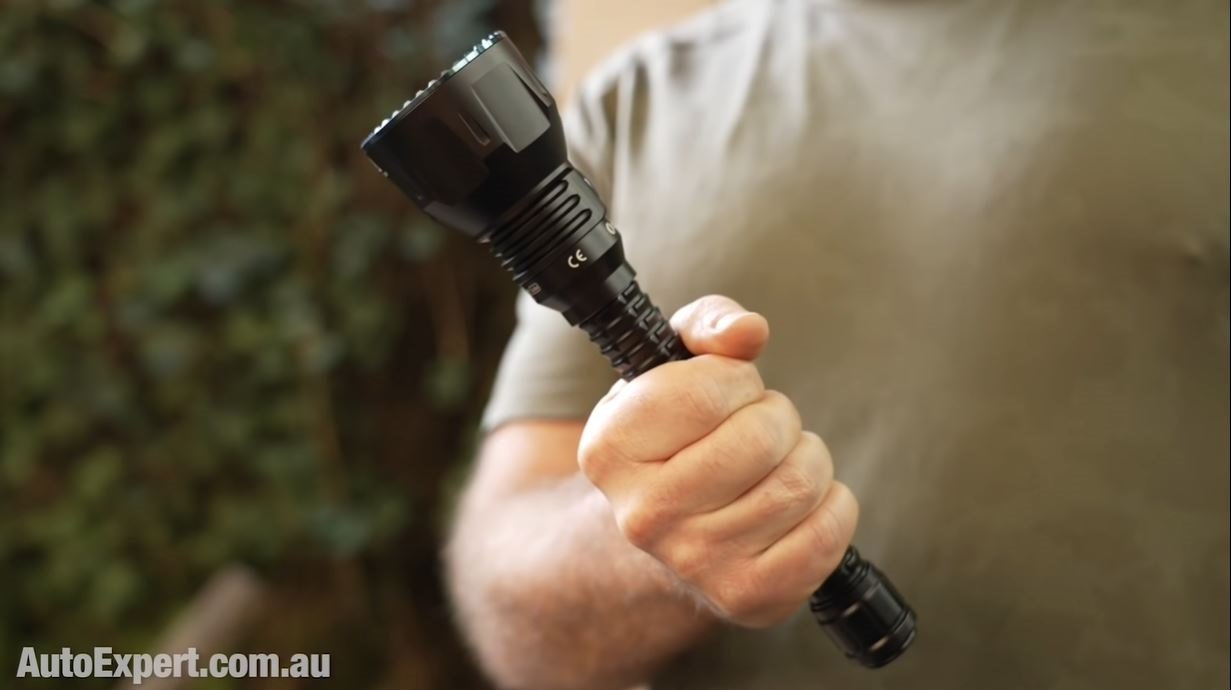
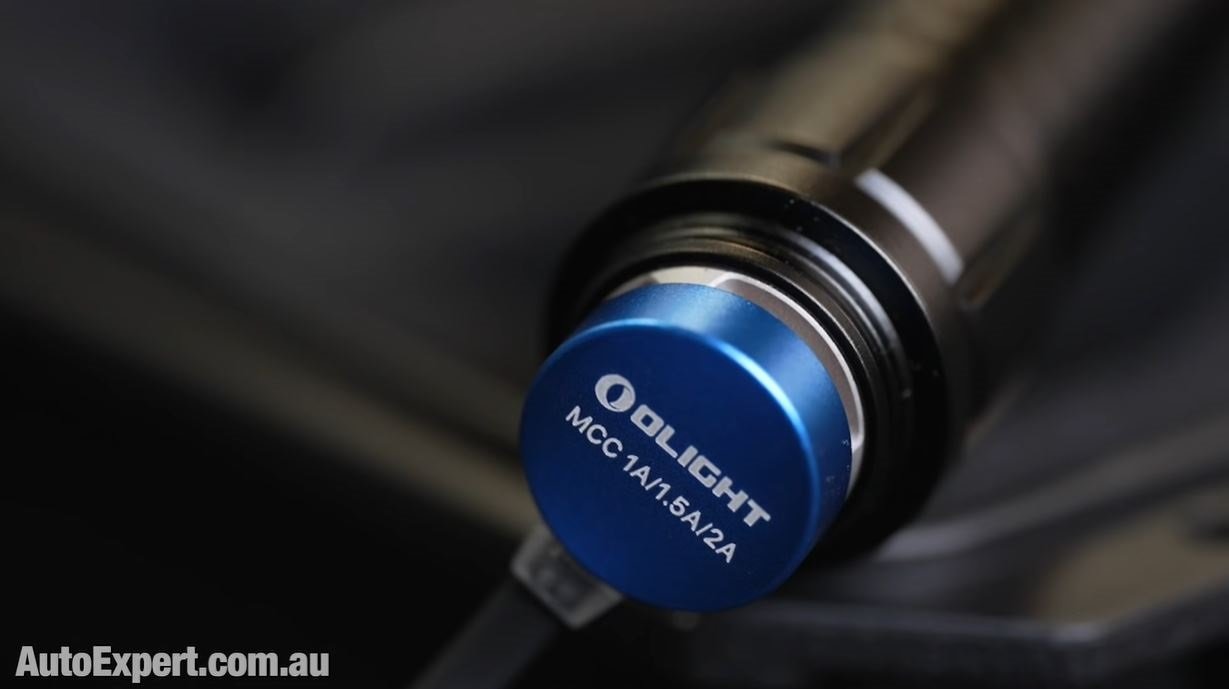
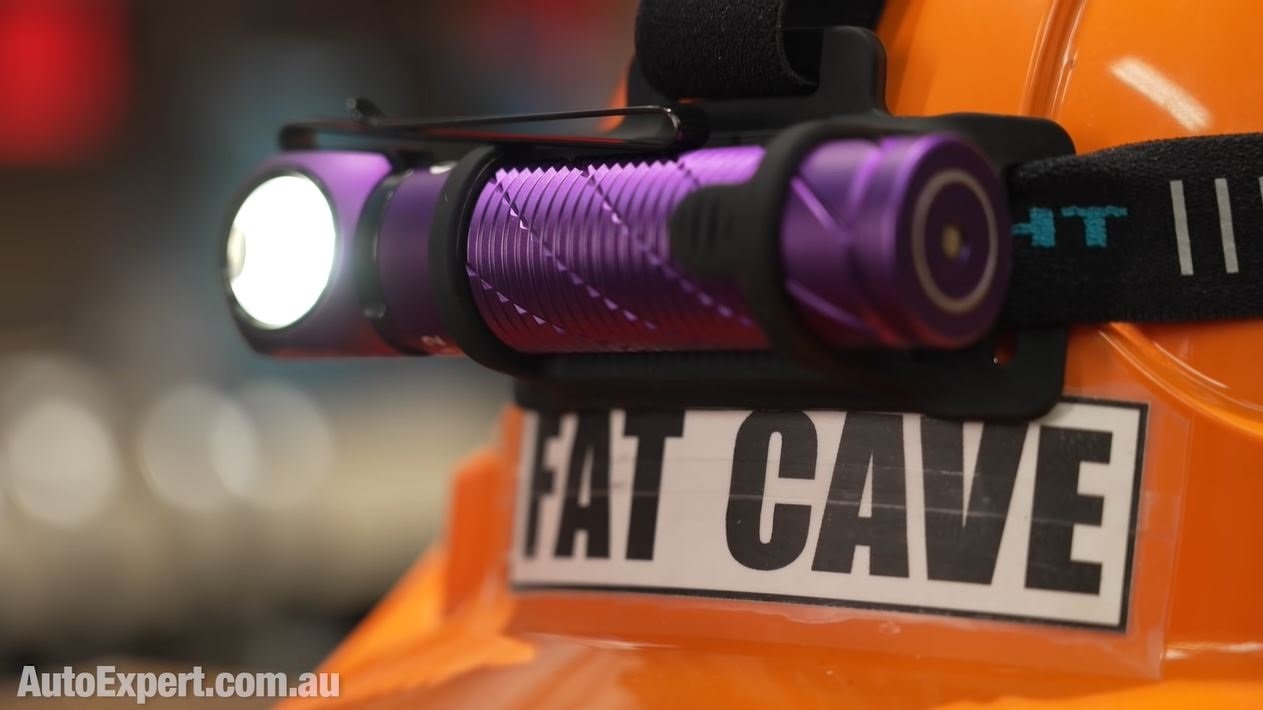
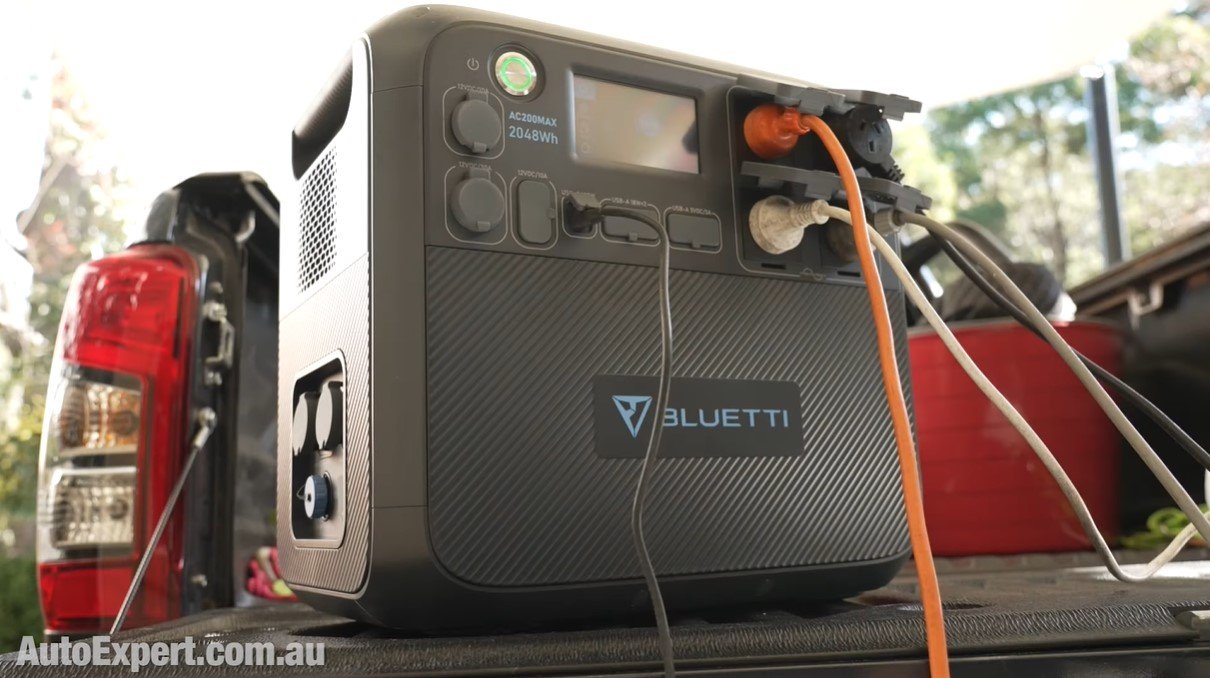

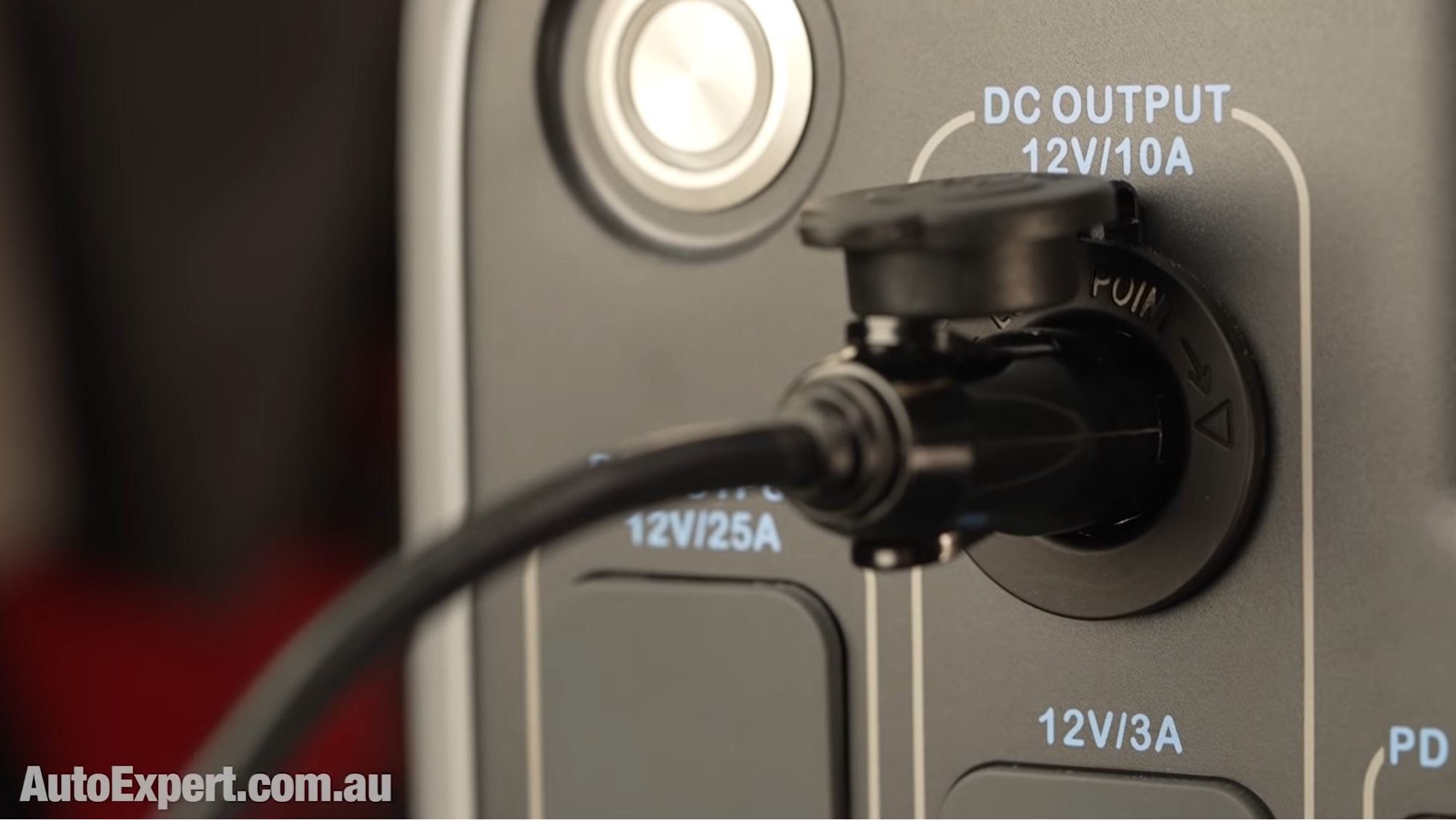
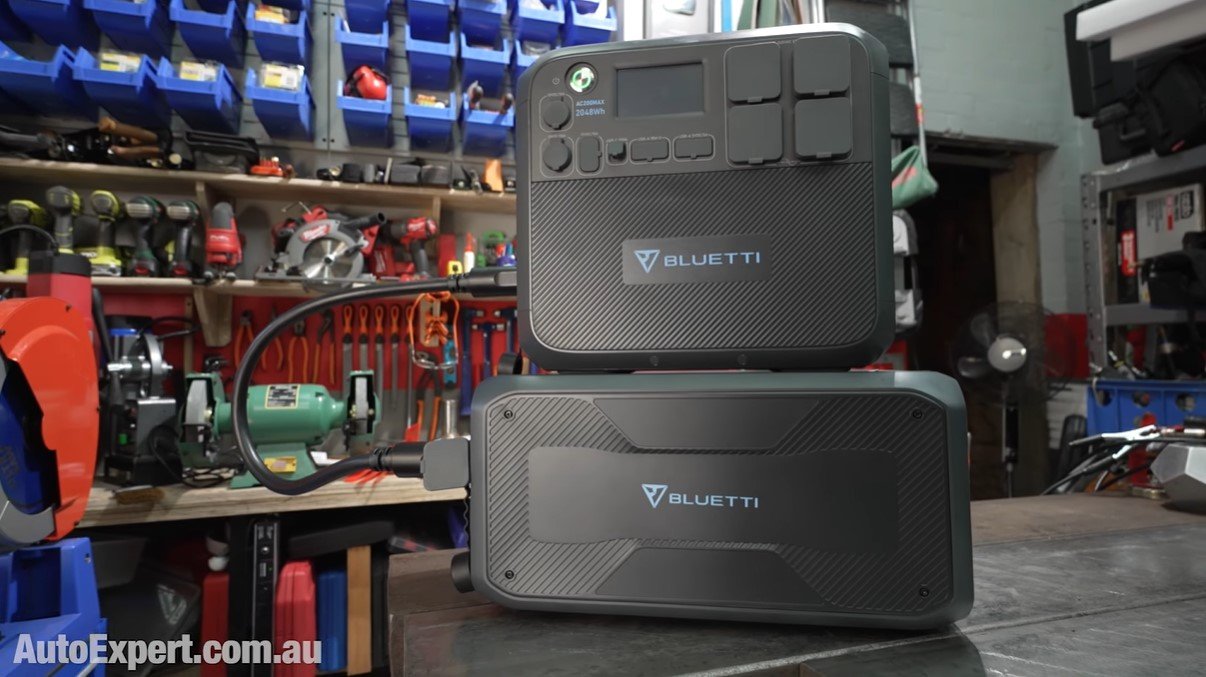
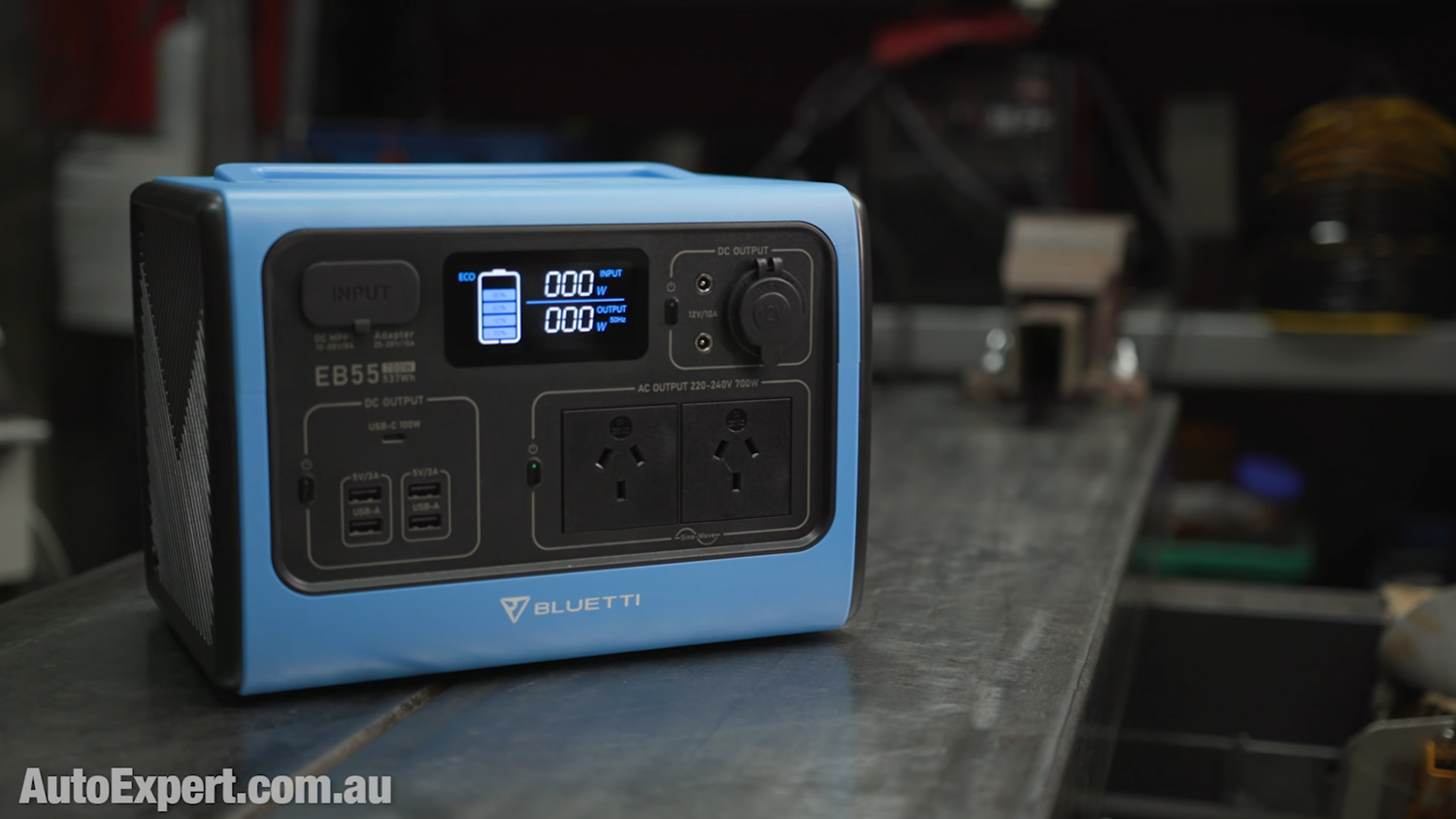
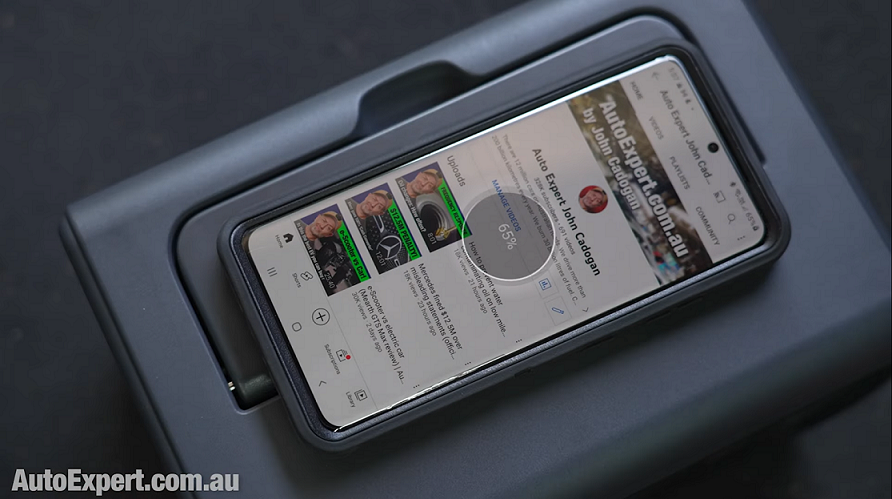
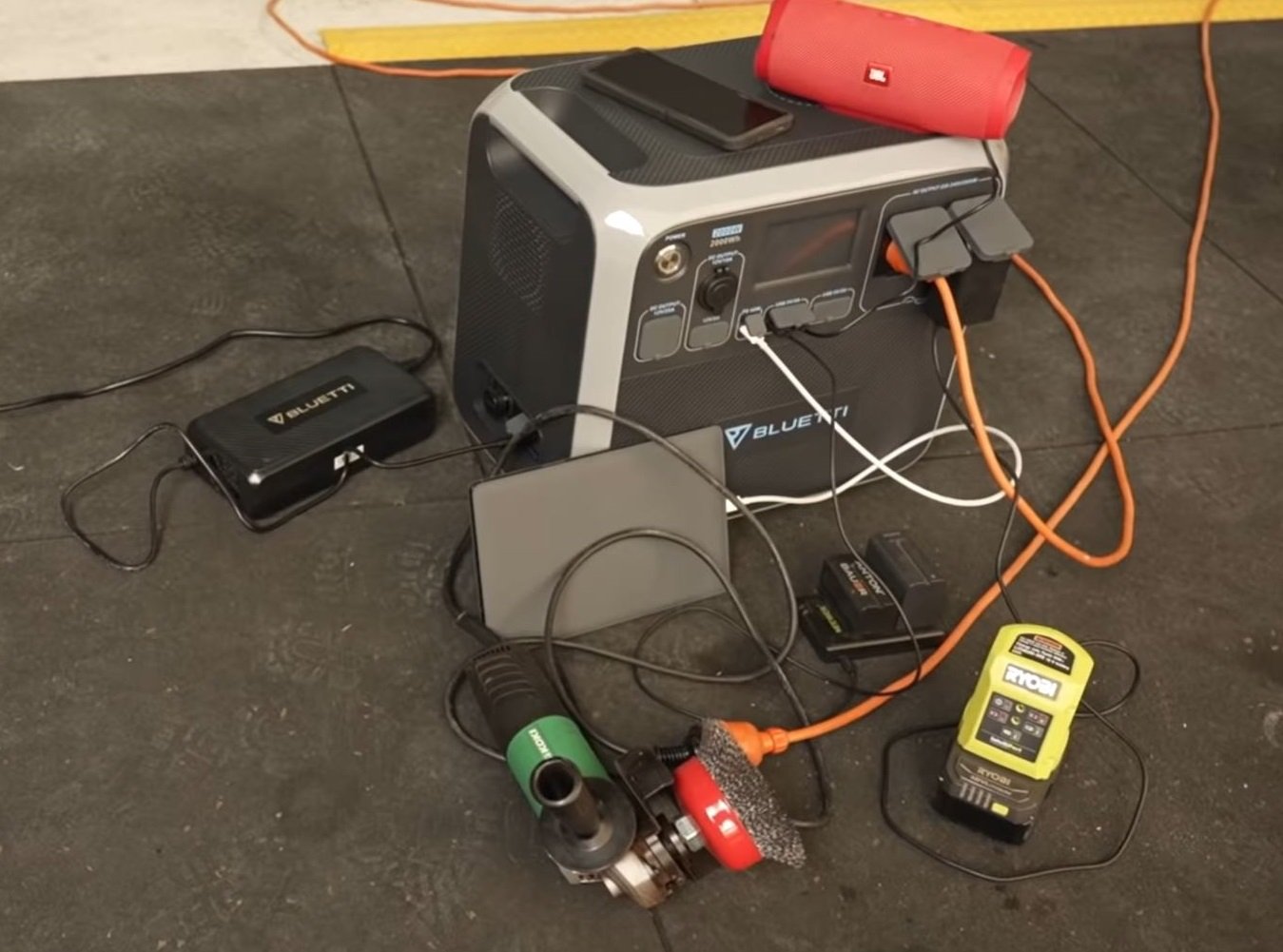
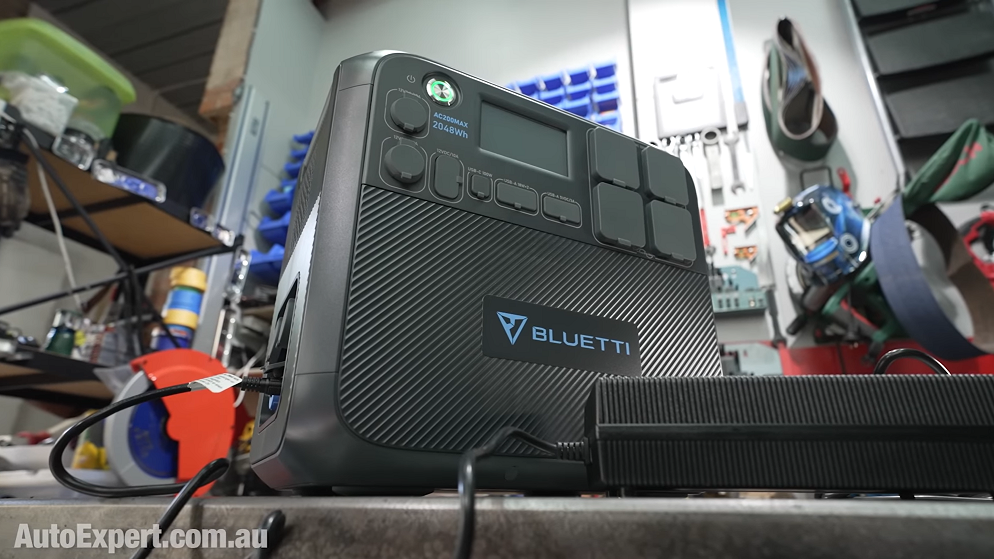

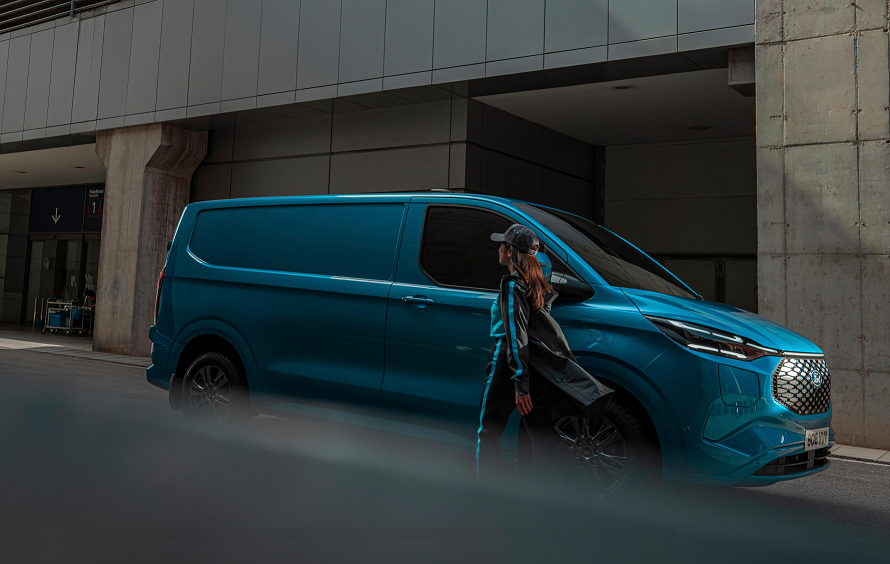
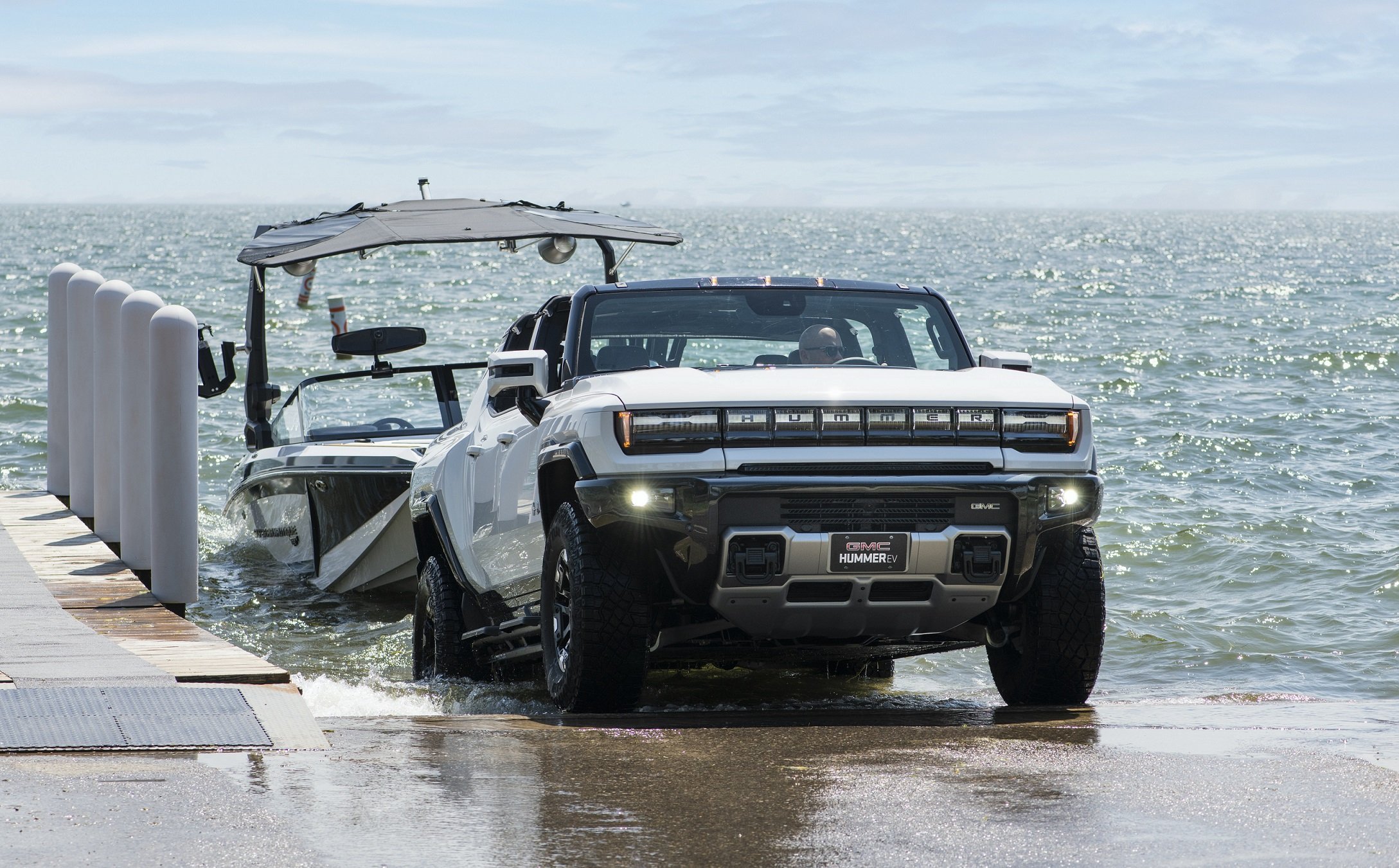
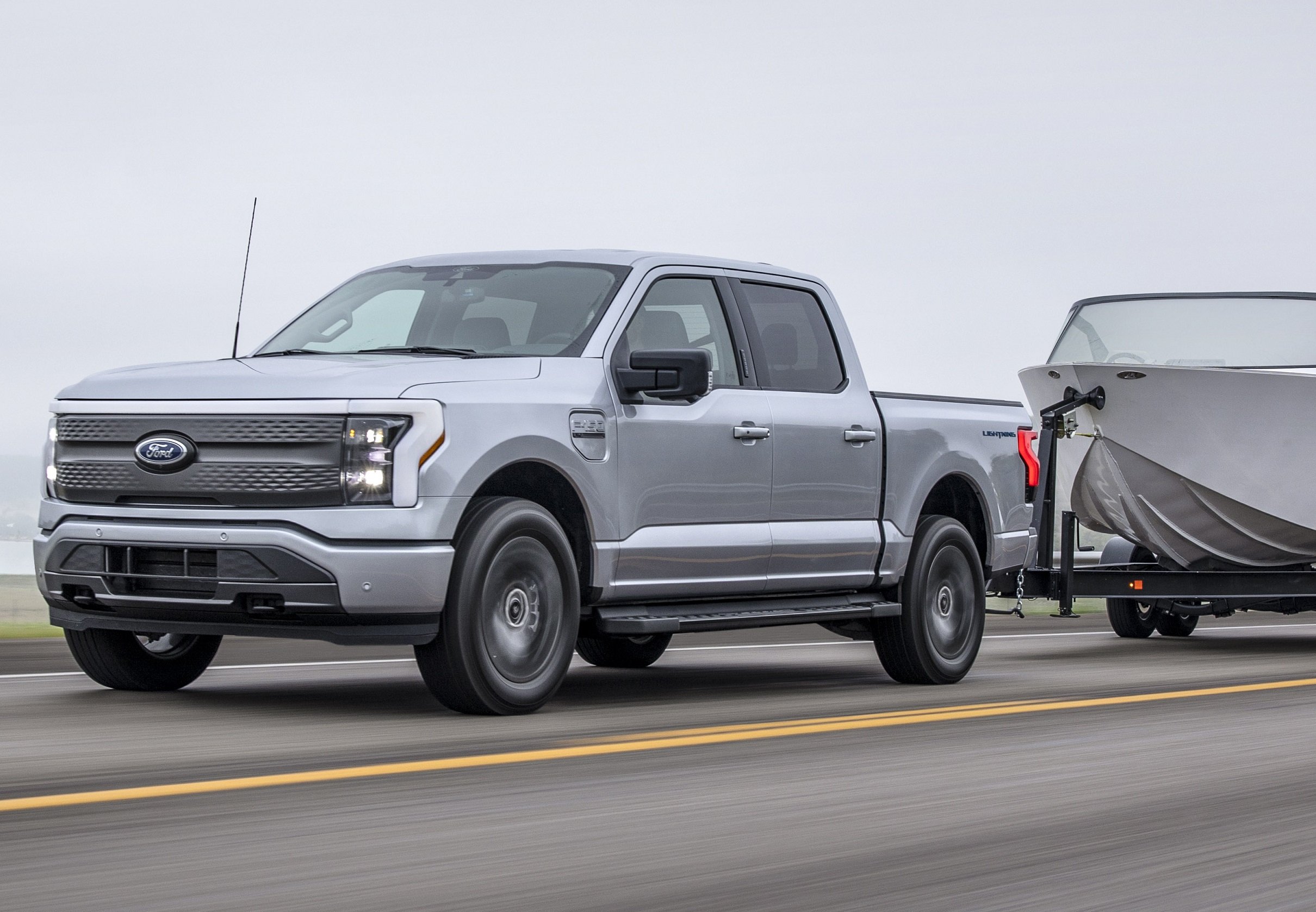
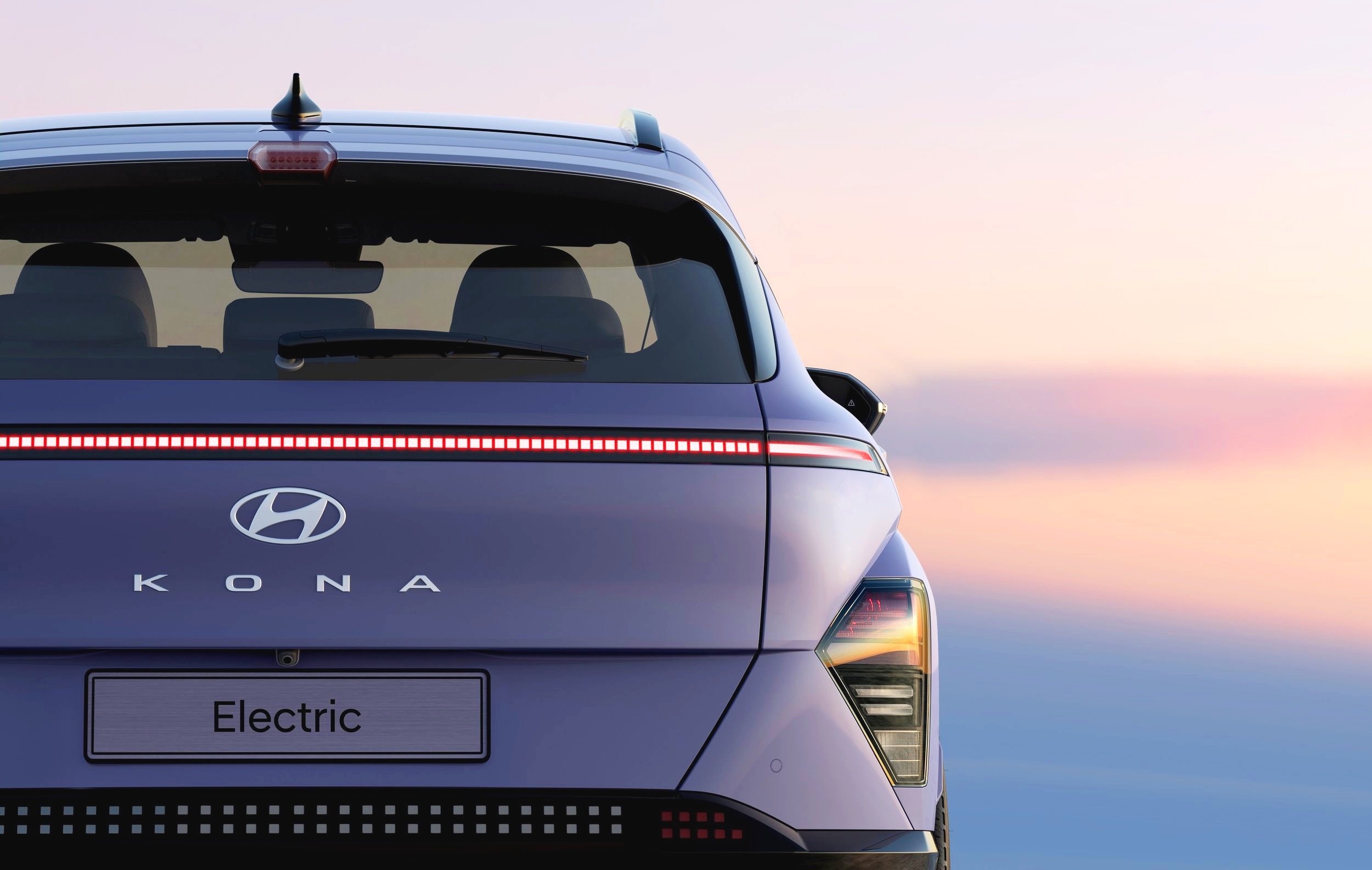


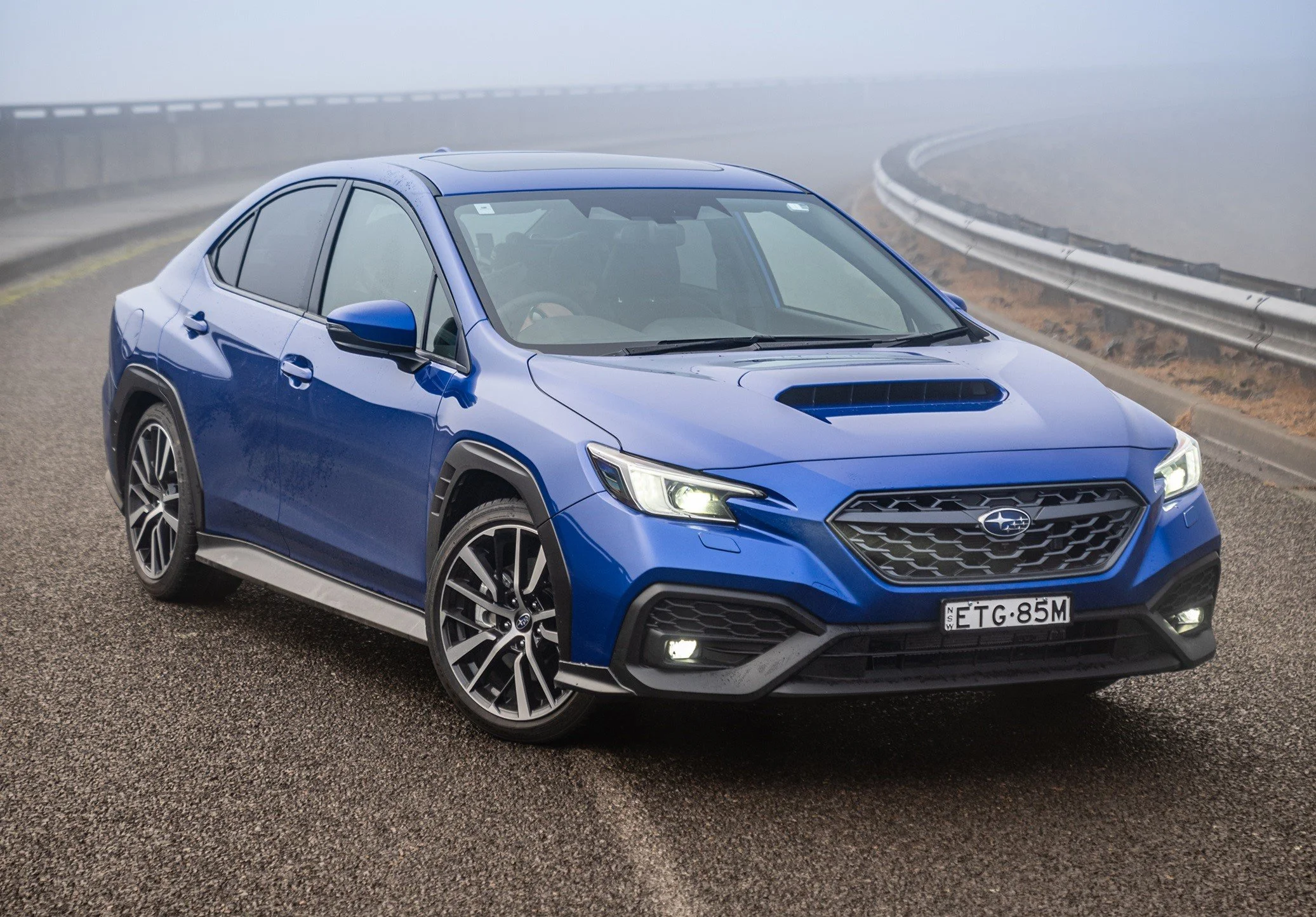
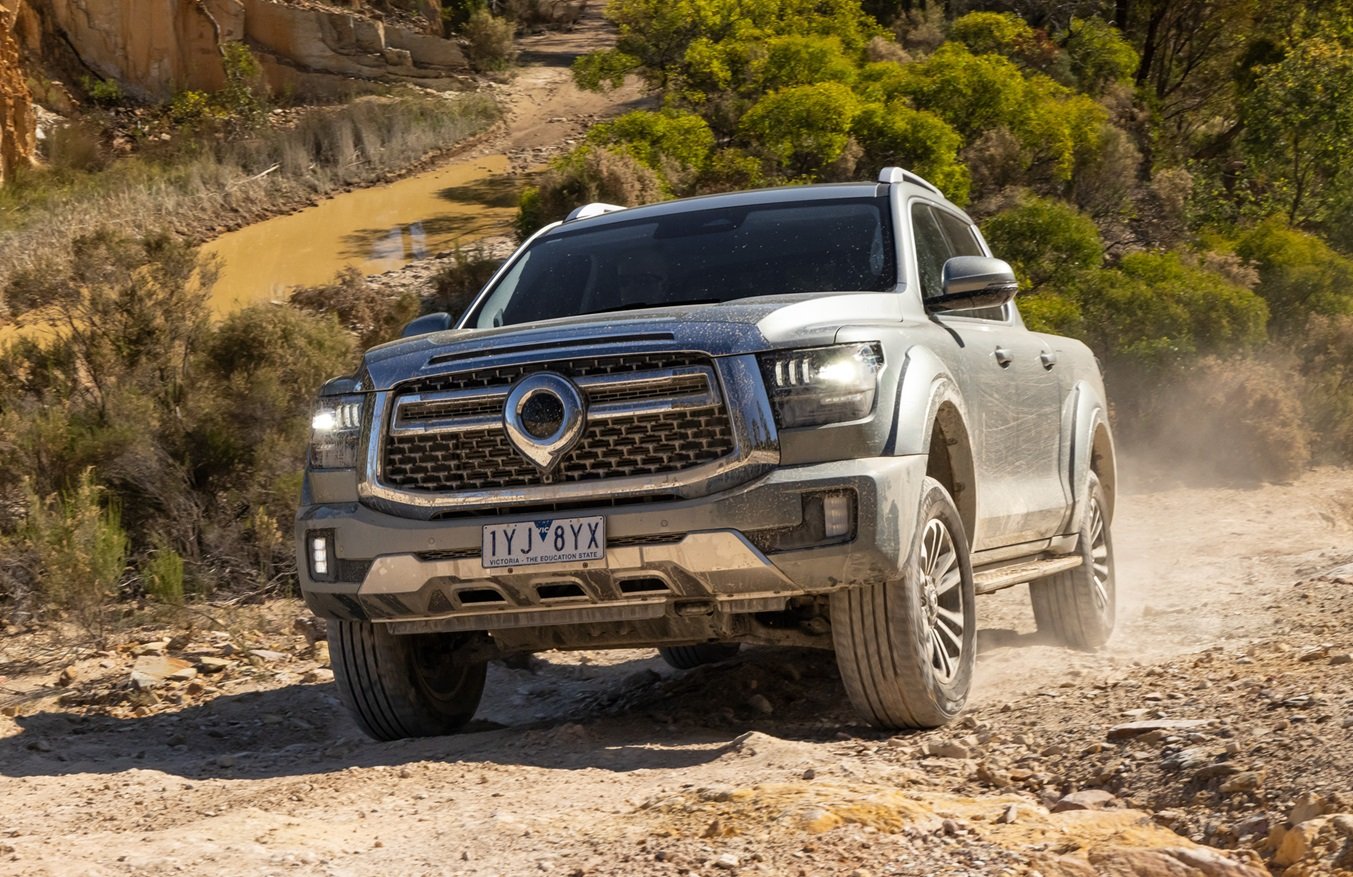

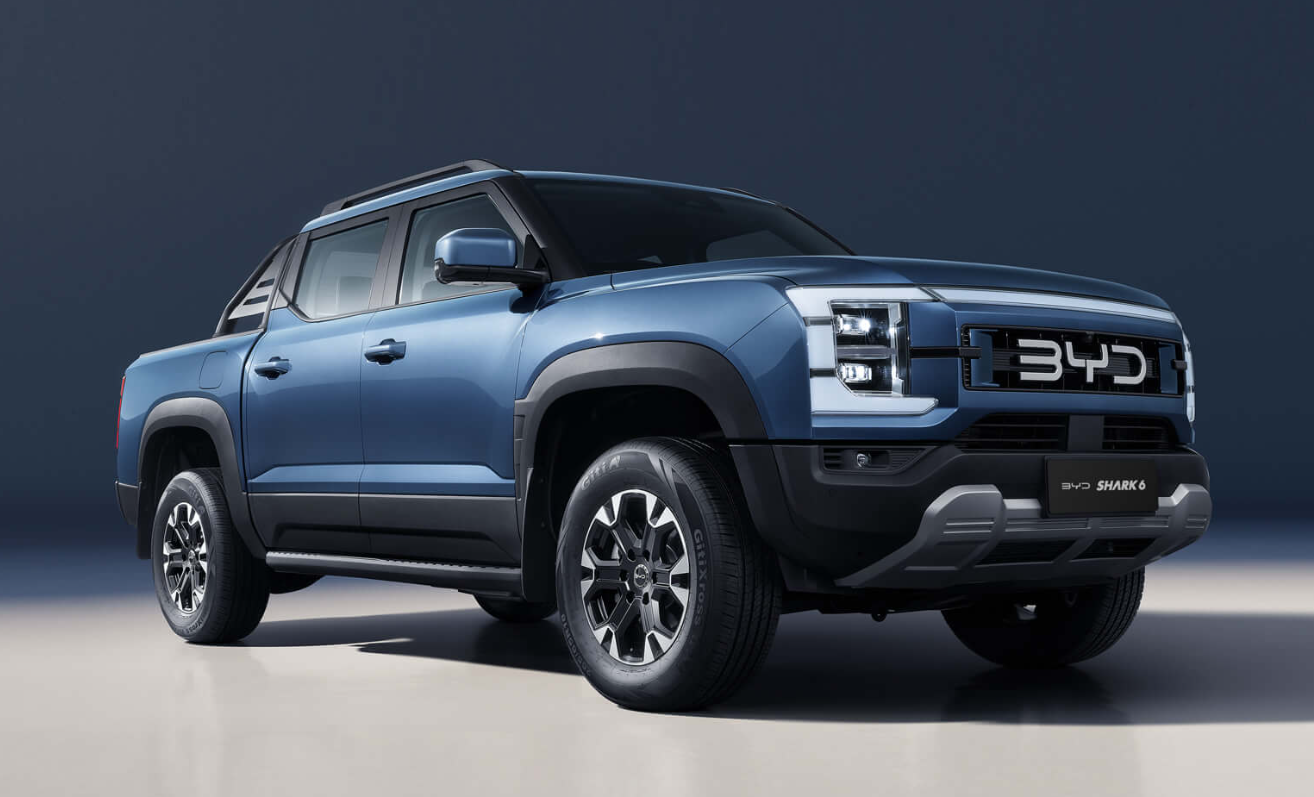

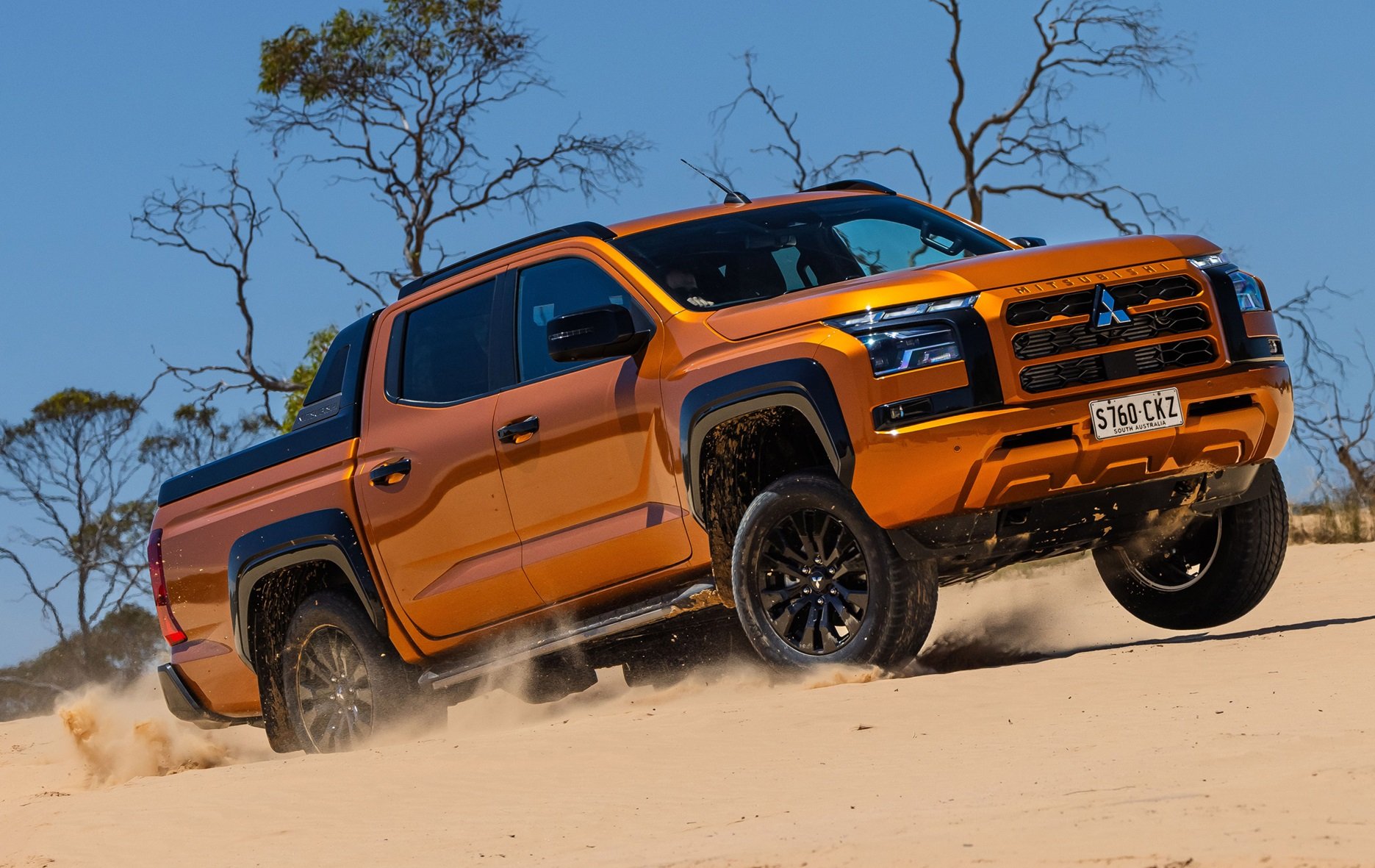
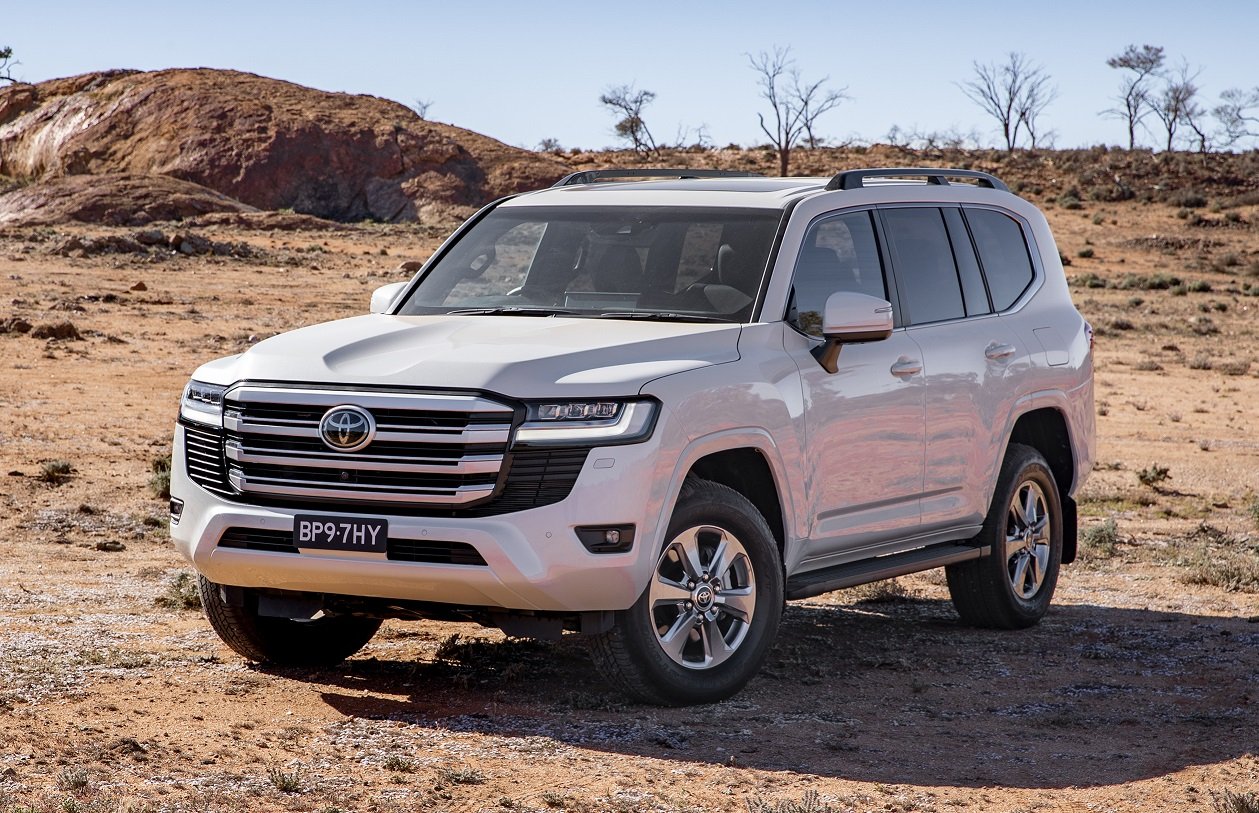



If you want one of the best driving, most luxurious and surprisingly capable five-seat SUVs in the market, don’t shop with the elite rip-off brands…